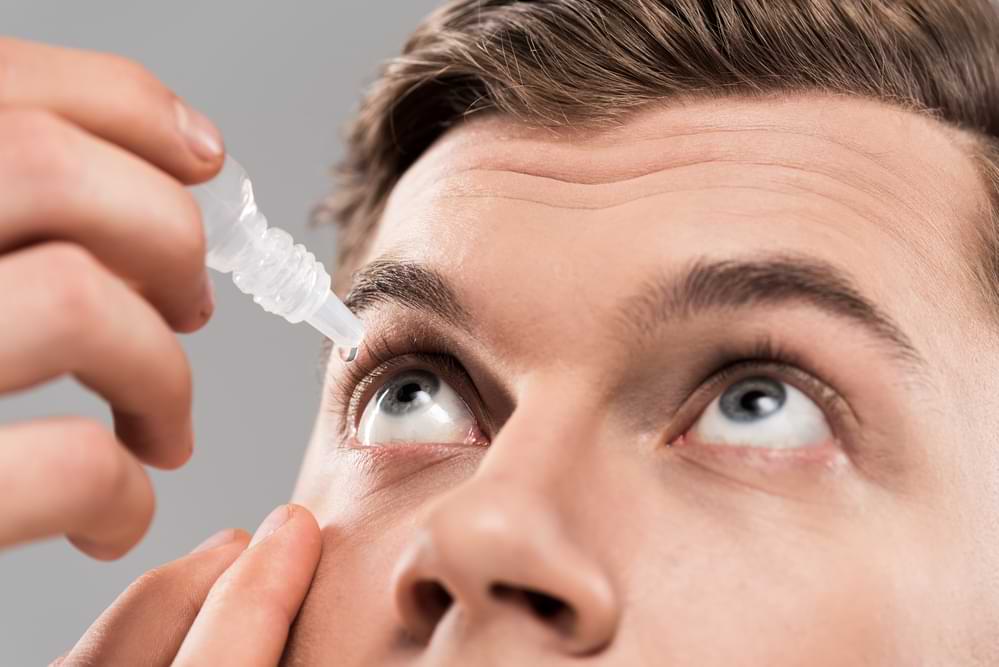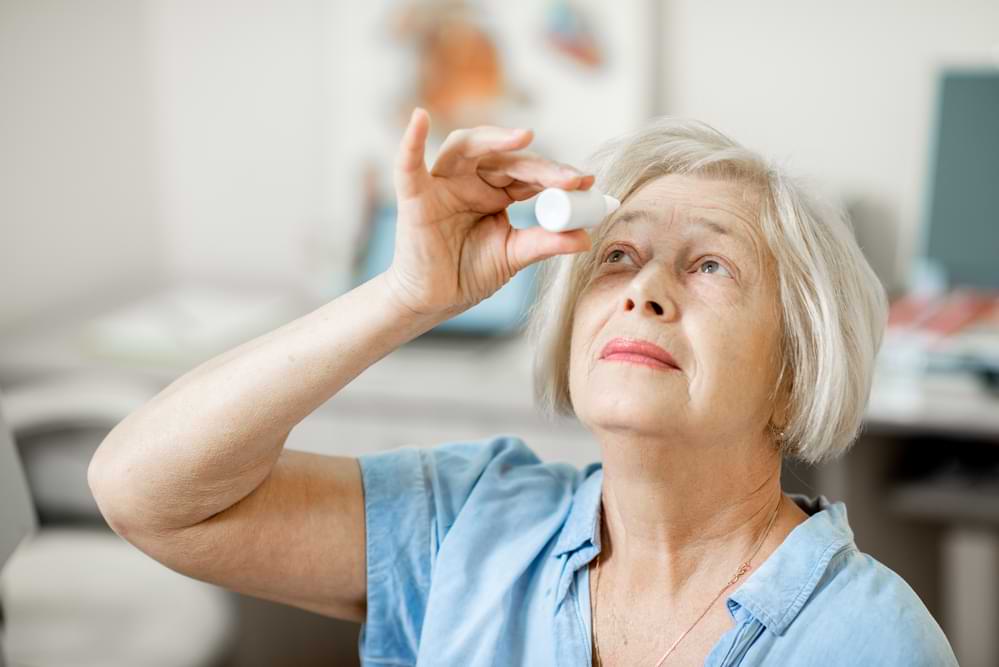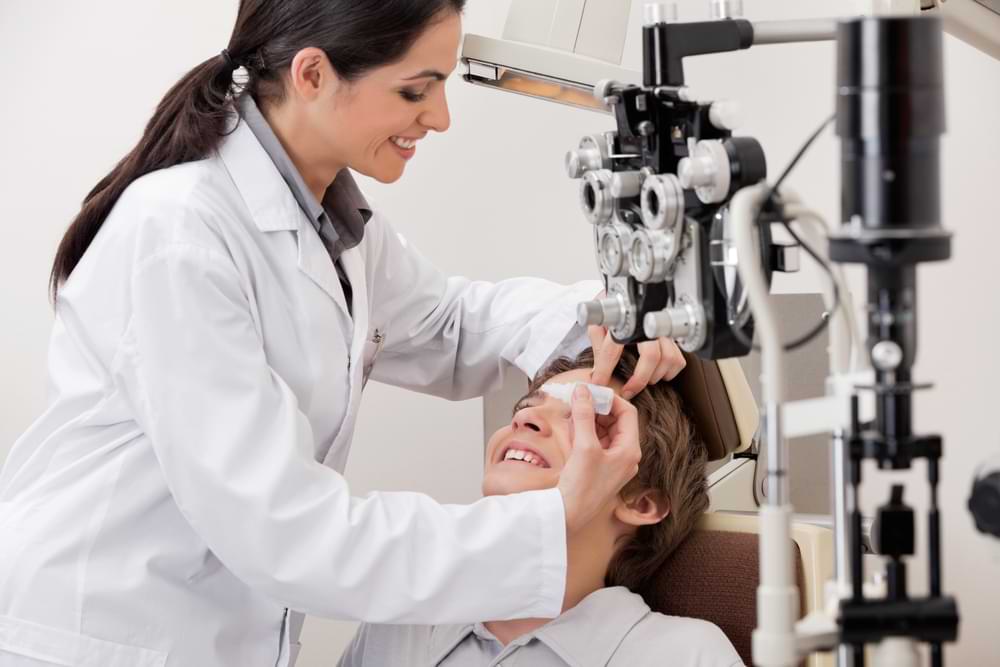Dealing with the discomfort from dry eyes, the anxiety of glaucoma, or the pain of an eye infection can be overwhelming, especially when you’re unsure where to find the right treatment. Navigating through a maze of medical advice and options often leaves you more confused about getting effective relief.
Optometrists like myself are not limited to eye exams and glasses; we are also authorized to prescribe eye drops for various conditions.
Hi, I’m Dr. Nandita Chowdhury. I am therapeutically endorsed by Australian Health Practitioner Regulation Agency (AHPRA) to offer eye care medication to patients. With over 15 years of experience in optometry in this country, I’ve dedicated myself to providing personalized eye care since opening Picton Eyecare in 2022. At our practice, we combine professional expertise with a friendly human touch, catering to the unique needs of our patients in Wollondilly Shire and surrounding areas.
I recall a patient at my practice who came to me with a severe herpes simplex viral infection in his eye. After seeing several health professionals without finding relief, he finally found the specialized treatment he needed at Picton Eyecare. This case is a prime example of how our role as optometrists extends beyond basic sight checks and eyewear prescription updates.
Interested in learning more about the many conditions that prescription eye drops can treat? Continue reading our article to discover how we can help keep your vision clear and your eyes healthy.
Therapeutically Endorsed Optometrists
I often encounter questions about what it means to be a therapeutically endorsed optometrist. Let me break it down for you. In Australia, being therapeutically endorsed is like having an extra set of tools in your toolkit. It’s not just about identifying how well you can or can’t see; it’s about treating the why and the how of eye problems.
- Extra Training and Qualifications: To become therapeutically endorsed, optometrists like me undergo additional rigorous training beyond our basic degree. This involves deepening our understanding of eye diseases, their pharmacological treatments, and the practicalities of prescribing medications.
- Prescribing Authorization: What this means practically is that I can prescribe a range of eye drops for conditions like glaucoma, dry eye disease, infections, and inflammation of the eyes.
In a nutshell, being therapeutically endorsed means I can offer you comprehensive eye care, right from examining your vision to treating your eye conditions directly. It’s about providing a one-stop solution for your eye health needs.
When Will an Optometrist Prescribe Eye Drops?
A therapeutically endorsed optometrist such as myself can prescribe eye drops for a range of ailments and conditions. Most will require a prescription but some are classified as over-the-counter (OTC) products. It’s important to consult with an eye care professional, such as an optometrist or ophthalmologist before using any OTC eye drops, especially if symptoms are persistent, severe, or if there is uncertainty about the appropriate treatment. They can provide guidance on whether a prescription medication may be more suitable for your condition.
- Lubricating Eye Drops (Artificial Tears): Available OTC. These are commonly used for dry eyes and are widely available without a prescription.
- Cyclosporine Eye Drops: Prescription required. These eye drops increase tear production and used for patients who has severe dry eye disease.
- Antibiotic Eye Drops: Some are available OTC. For severe infection prescription required for stronger antibiotics. These are used for bacterial infections like conjunctivitis, keratitis and need a prescription due to the risk of antibiotic resistance and to ensure correct diagnosis and treatment.
- Antihistamine Eye Drops: Widely used for allergic conjunctivitis, especially in seasons when allergies are prevalent. Some antihistamine eye drops are available OTC for allergy relief, but stronger formulations or specific types will require a prescription.
- Glaucoma Eye Drops: Prescription required. Needs ongoing prescription as glaucoma is a progressive eye condition and eye drops need to be continued.
- Steroid Eye Drops: Prescription required. Often prescribed for various inflammatory conditions of the eye, though with careful monitoring. Steroid eye drops can have significant side effects, so they are prescribed under careful supervision.
- Non-Steroidal Anti-Inflammatory Eye Drops (NSAIDs): Prescription required. Commonly used post-operatively and for certain inflammatory conditions.
- Mast Cell Stabilizer Eye Drops: Used for allergy prevention, though less frequently than antihistamines. Some are available OTC, but others might require a prescription.
- Mydriatic and Cycloplegic Eye Drops: Prescription required. Mostly used in clinical settings for diagnostic purposes.
- Antiviral Eye Drops: Prescription required. Less commonly prescribed, used for specific viral infections which are less common than bacterial infections.
- Combination Eye Drops: Prescription required. Due to the combination of antibiotics and steroids, these require a prescription for safe use. Used for more specific conditions combining inflammation and infection, thus less commonly prescribed than single-action drops.
- Lacritic (oral tablets): Does not require prescription. It increase tear production and quality by reducing tear film surface tension.
- Macutec (oral tablets): Does not require prescription. These tablets support your macular health and may slower progression of macular degeneration.


Can You Prescribe Eye Drops for Myopia?
Yes I can. Atropine eye drops have gained attention for their role in managing myopia (short sightedness) in children. Typically, low-dose atropine is used to slow the progression of myopia, a strategy that can be especially beneficial in kids showing early signs of this condition. The drops work by temporarily relaxing the eye’s focusing mechanism, which is thought to reduce strain and slow the elongation of the eyeball associated with myopia progression.
However, like any medication, atropine drops come with potential side effects, such as light sensitivity due to pupil dilation, and occasionally, blurred near vision. These effects are generally more manageable with the lower concentrations used for myopia control.
Atropine is usually prescribed for children ranging from as young as five to teenagers, as this is the age range when myopia typically develops and progresses. It’s crucial for treatment to be closely monitored by an eye care professional to balance the benefits with any potential side effects.
Can Eye Drops Cure “Lazy Eye”?
Treating amblyopia, commonly known as “lazy eye”, often involves a combination of approaches, and eye drops can play a significant role in this treatment. One common method uses atropine eye drops, which are applied to the stronger eye. These drops temporarily blur the vision in the stronger eye, encouraging the use of the weaker eye and thus stimulating its visual development. This method can be particularly appealing as an alternative to patching, especially for children who may be resistant to wearing an eye patch.
Treatment usually starts in early childhood, as early intervention is crucial for effective amblyopia management. As with any medical treatment, it’s essential for this to be closely supervised by an eye care professional, to ensure proper dosage and to monitor the child’s vision development and overall eye health.
I Hate Getting Eye Drops!
I completely understand that applying eye drops to your open eyes can be an uncomfortable experience for many people. It’s quite a common sentiment, and you’re certainly not alone in feeling this way.
As your optometrist, I want to ensure that the treatment we choose is not only effective but also comfortable for you. There are several techniques we can explore to make the application of eye drops easier, such as looking away while applying them or gently closing your eye afterward. When you come to our clinic we can offer some training on techniques for applying eye drops in the most comfortable way possible, if you need to use them at home.
Additionally, if eye drops are essential for your treatment, we can discuss the frequency and dosage to find a balance that works for you. Remember, my goal is to support your eye health, and I’m here to work with you to find the best solution.
Watch this video for advice from the Doctor Eye Health channel about some practical, alternative ways of applying eye drops.
Conclusion
In conclusion, as a therapeutically endorsed optometrist with over 15 years of experience, my practice at Picton Eyecare goes beyond just diagnosing vision problems. Whether it’s providing relief from the discomfort of dry eyes, managing the complexities of glaucoma, or treating specific conditions like myopia in children, my role encompasses a wide spectrum of eye care. This includes prescribing a variety of medications from eye drops, tailored to each patient’s unique needs. Understanding the full scope of care available through your local optometrist can be the key to not only maintaining but also enhancing your eye health and overall quality of life.
If you need a health professional to prescribe eye drops, I encourage you to book an appointment with Picton Eyecare today.
You can call us on (02) 4603 2309 or arrange an appointment using the “Book Now” button in the navigation menu. We are conveniently located in the heart of Picton, NSW. There is plenty of parking available at the back of our store.

B.Optom (UoA), PGOT (UNSW)
Nandita is the principal optometrist of Picton Eyecare. She has over 15 years of extensive experience working in corporate and independent optometry practice. Opening Picton Eyecare in 2022 has fulfilled Nandita’s dream of an independent optometry practice, committed in serving the local community of Wollondilly and surrounding areas.
Nandita is caring and passionate about providing professional, personal and customised solution for every patient. She takes interest in all her patients and employs her skills and expertise to achieve the best possible outcome for the patient. She maintains great relationships with other medical professionals in the area.
Nandita is a local resident and has been working in the Southern Highlands for many years. She has a loyal following of patients who value her clinical and interpersonal relationships.
When not at work Nandita loves spending time with her family.
